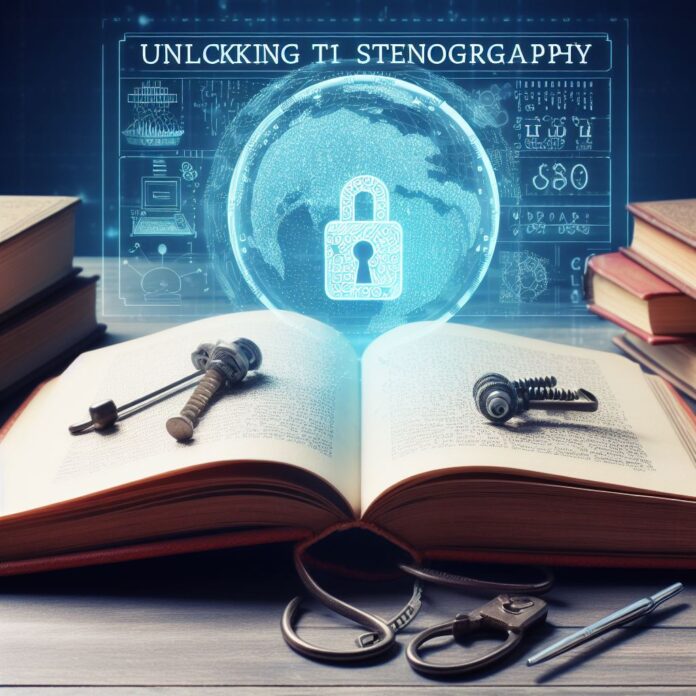
Stenography is a writing system that uses symbols or shorthand to represent words, phrases, and sounds. It is an essential skill for anyone looking to work in the field of transcription, court reporting, or data entry. Stenography allows for faster and more efficient note-taking, making it an invaluable tool for professionals who need to transcribe large amounts of information quickly and accurately.
The benefits of learning stenography
Learning stenography offers numerous benefits. First and foremost, it allows you to take notes at lightning speed. With traditional writing, you can only write as fast as you can move your hand, but with stenography, you can write as fast as you can think. This can be a game-changer in professions that require fast and accurate transcription.
Another advantage of stenography is its compactness. Traditional writing takes up a lot of space on a page, but shorthand symbols can represent whole words or phrases in just a few strokes. This not only saves space on the page but also makes it easier to review and revise your notes.
Lastly, learning stenography can give you a competitive edge in the job market. Many employers in fields such as transcription and court reporting specifically look for candidates with stenography skills. By learning stenography, you increase your chances of landing a job or advancing in your career.
The history of stenography
Stenography has a rich history that dates back centuries. The ancient Greeks and Romans used shorthand techniques to record speeches and debates. However, it wasn’t until the 19th century that shorthand systems became more standardized and widely adopted.
One of the most influential figures in the history of stenography is Sir Isaac Pitman. In 1837, Pitman introduced a phonetic shorthand system that revolutionized the field. His system, known as Pitman shorthand, is still widely used today, although it has evolved over the years.
Since Pitman’s time, various other shorthand systems have been developed, each with its own unique symbols and techniques. These systems have been adapted and customized to suit different languages and professions.
Learning stenography at home
Learning stenography at home is easier than ever thanks to the numerous tools and resources available online. Whether you prefer self-paced learning or structured courses, there are options to suit every learning style.
One popular approach to learning stenography at home is through online courses. There are several reputable platforms that offer comprehensive stenography courses taught by experienced professionals. These courses typically include video lessons, practice exercises, and interactive quizzes to help you master the material.
If you prefer a more self-directed approach, there are also plenty of books and instructional materials available that can guide you through the process. These resources often include step-by-step instructions, practice exercises, and shorthand dictionaries to help you build your skills.
Tools and resources for learning stenography at home
When it comes to learning stenography at home, having the right tools and resources is essential. Here are some of the most helpful tools and resources to consider:
- Stenography machine or software: A stenography machine or software is necessary to practice your shorthand skills. There are many options available, ranging from traditional stenography machines to software programs that can be installed on your computer or smartphone.
- Online courses: As mentioned earlier, online courses can be a great way to learn stenography at home. Look for courses that offer comprehensive lessons, practice exercises, and feedback from instructors.
- Books and instructional materials: There are numerous books and instructional materials available that can help you learn stenography. Look for resources that provide clear explanations, practice exercises, and examples of shorthand symbols.
- Practice materials: To become proficient in stenography, you need to practice regularly. Look for practice materials, such as dictation exercises or transcription samples, that allow you to apply your skills in a real-world context.
Stenography techniques and shorthand symbols
Stenography techniques and shorthand symbols are the building blocks of this writing system. While there are many different shorthand systems, they all rely on the same basic principles.
In shorthand, each symbol represents a sound, word, or phrase. The symbols are designed to be quick and easy to write, often consisting of simple lines and curves. By combining these symbols, stenographers can create a shorthand version of the spoken word.
To become proficient in stenography, you need to learn the shorthand symbols and practice using them in context. This involves memorizing the symbols and their meanings, as well as developing the muscle memory to write them quickly and accurately.
Tips for mastering stenography
Mastering stenography takes time and practice, but with the right approach, anyone can become proficient. Here are some tips to help you on your journey:
- Practice regularly: Consistent practice is key to mastering stenography. Set aside dedicated time each day to practice your shorthand skills.
- Start with the basics: Begin by learning the basic shorthand symbols and techniques. Focus on accuracy and speed will come with time.
- Use mnemonic devices: Mnemonic devices can help you remember the shorthand symbols. Create associations or visualizations that help you recall the symbols more easily.
- Transcribe real-world material: Practice transcribing real-world material, such as speeches or interviews. This will help you build your speed and accuracy in a practical context.
- Join a community: Joining a stenography community can provide support, encouragement, and opportunities for collaboration. Look for online forums or social media groups dedicated to stenography.
Career opportunities for stenographers
Learning stenography opens up a world of career opportunities. Here are some of the professions where stenography skills are in high demand:
- Transcriptionist: Transcriptionists convert spoken language into written form. They are employed in various industries, including legal, medical, and media.
- Court reporter: Court reporters record verbatim transcripts of legal proceedings. They play a crucial role in the justice system by ensuring an accurate record of court proceedings.
- Data entry specialist: Data entry specialists input data into computer systems. Stenography skills can significantly improve their speed and efficiency in this role.
- Captioner: Captioners provide real-time captions for live events, such as TV broadcasts or conferences. Stenography skills are essential for keeping up with the fast pace of live events.
Courses and certifications for learning stenography at home
If you’re serious about learning stenography at home, consider enrolling in a formal course or obtaining a certification. Here are some reputable options to consider:
- National Court Reporters Association (NCRA): The NCRA offers several certifications for stenographers, including the Registered Professional Reporter (RPR) and Certified Realtime Reporter (CRR) designations.
- Online stenography schools: There are several online schools that specialize in stenography education. These schools offer comprehensive courses and certifications, allowing you to learn at your own pace.
- Community colleges and vocational schools: Many community colleges and vocational schools offer stenography programs. These programs often provide a mix of classroom instruction and hands-on practice.
Conclusion
Learning stenography at home is an excellent way to gain a valuable skill that can open doors to various career opportunities. With the right tools, resources, and practice, anyone can become proficient in stenography. Whether you choose to enroll in an online course, work through instructional materials, or join a stenography community, the key is to stay dedicated and consistent in your practice. So, why not unlock the secrets of stenography and take your career to the next level?
















